A difficult offseason has raised questions about IndyCar; veterans say 'trust the process'
In the wake of a tumultuous offseason that left a portion of its passionate fan base and media corps questioning IndyCar leadership’s ability to drive change and growth, series executives gathered five of its most popular drivers for dinner to discuss what was characterized as a promising list of developments set to be rolled out prior to the 108th Indianapolis 500.
IndyCar has lost its foothold at one of its most historic venues (Texas Motor Speedway), admitted defeat in its quest to land a mainstream console video game, issued its fifth change or delay in six years to its new engine formula and had one of its most valuable partners (Honda) float a exit due to the lack of return on investment. So IndyCar president Jay Frye, IMS president Doug Boles and Penske Corp. executive vice president Jonathan Gibson laid out portions of Penske Entertainment’s short- and long-term road maps toward growth in a format they hoped would generate meaningful conversation with the drivers.
Those involved in the Tuesday night dinner at St. Elmo Steakhouse in downtown Indianapolis with drivers Josef Newgarden (Team Penske), Scott Dixon (Chip Ganassi Racing), Alexander Rossi (Arrow McLaren), Marcus Ericsson (Andretti Global) and Graham Rahal (Rahal Letterman Lanigan Racing) declined to provide specifics of the talking points.
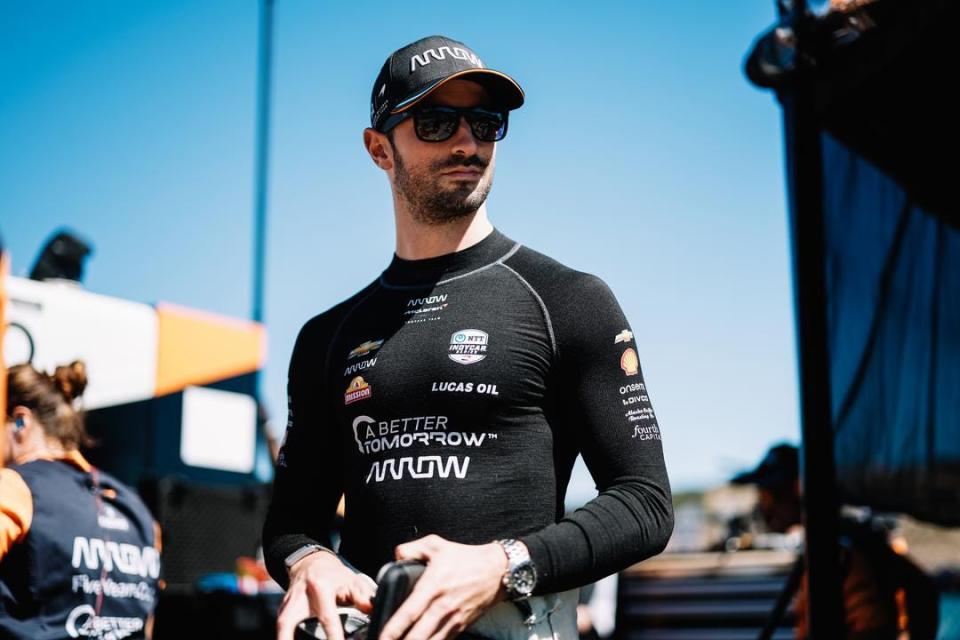
In what was almost certainly not a coincidence, four of those drivers were among the first five on the schedule to speak with members of the national IndyCar media Wednesday morning during Day 1 of its annual Content Days. The general message those drivers were willing to offer – one that still may not satisfy the contingent of disgruntled diehards – is one mainstream sports fans have no doubt heard before:
“Trust the process.”
“I think the big message was that everything the fans are saying, none of that is news to any of us or any of the people that are in charge of the series or its future,” Rossi told reporters Wednesday. “Obviously, they’re not going to give you a play-by-play, step-by-step (dialogue) as to how they’re tackling challenges and preparing for the future.
“You’ve got to trust the process, and we all do. Ultimately, the people that are running the ship and in charge of the direction are the right people to be doing that. I think there’s a lot of positive news that’s going to be coming over the next 3-5 months that people are going to be very excited about.”
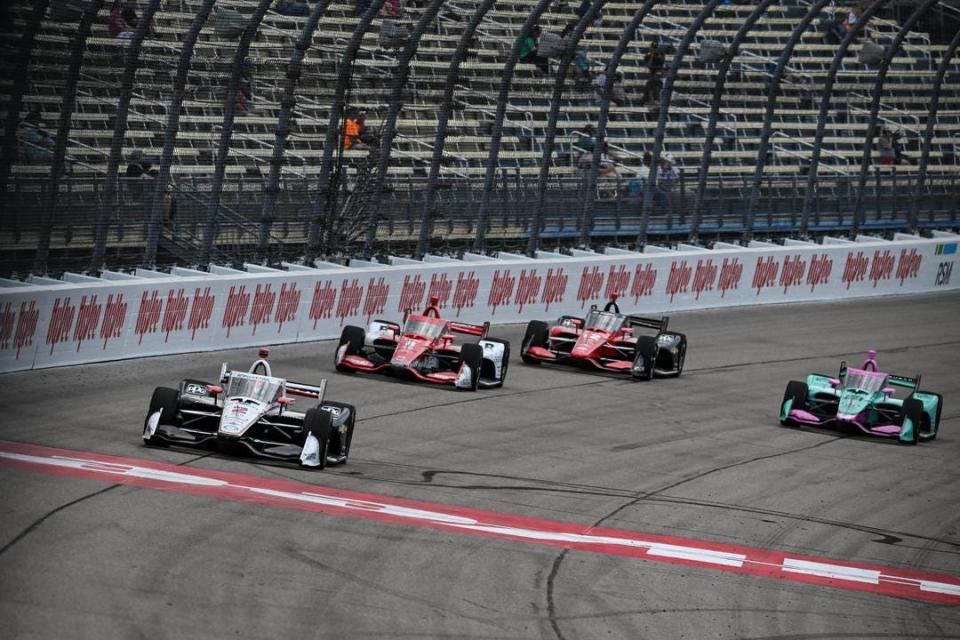
TV rights, '100 Days to Indy' among hottest topics on IndyCar horizon
Among the topics discussed at the PEC leadership dinner, according to a series source closely involved in the discussions, included an update on the status of IndyCar’s TV rights negotiations, the status of ticket sales for this May’s Indy 500, IMS’ plan to generate even greater fan interest across the entire month of May and additional details around IndyCar’s non-points, made-for-TV event at The Thermal Club.
The likely center of the drivers’ excitement, according to the source, involves an impending announcement around the distribution of Season 1 of ‘100 Days to Indy’ on a major streaming platform timed to drum up interest for a second season. Adam Marinelli, the showrunner and co-executive producer of Season 1, was roaming the halls of the JW Marriott (the base during Content Days this week), with taping for Season 2 believed to have been taking place inside a room with an “Indy Auto” sign, as to not give anything away publicly yet.
“I think the biggest takeaways for me is all the work that’s going on in the series behind the scenes, people who are pushing a lot to bring (IndyCar) forward,” Ericsson told reporters Thursday. “If all those things come true, I think there’s a lot of excitement for us.”
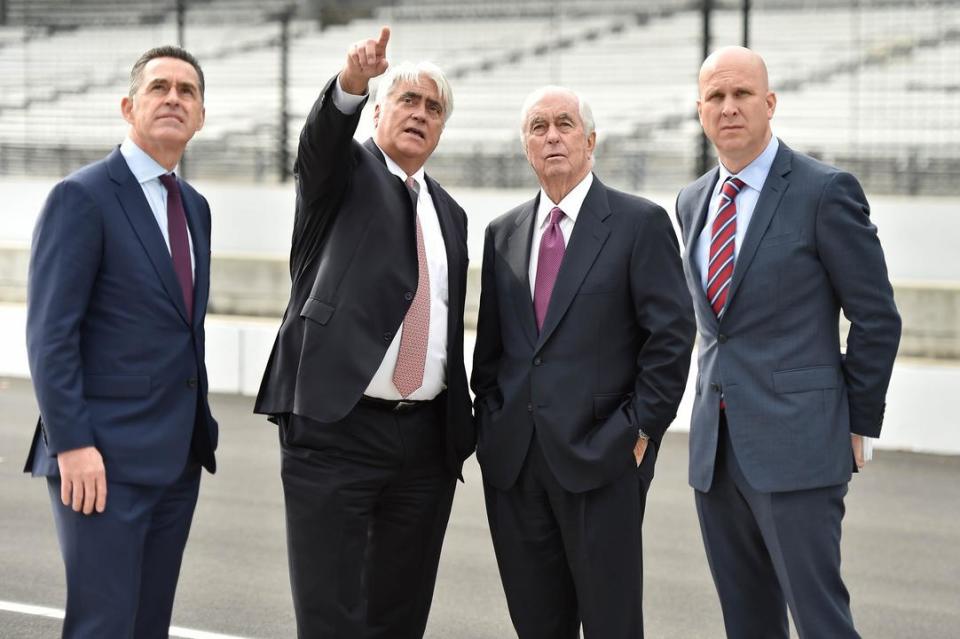
After what was a rather simple decision for IndyCar and NBC to agree to a second three-year term (2022-24) in the summer of 2021, this latest round of media rights negotiations will certainly be more complicated. Not only will streaming options outside NBC’s Peacock be in the mix – though Miles has long said it’s unlikely for the series to go streaming-only anytime soon – but series officials may be more willing to seriously look outside NBC, with potential options ranging from ESPN and Fox to newcomers like The CW.
NASCAR’s 40% annual increase in its latest deal includes CW paying $110 million annually for Xfinity’s package races, which will almost certainly have Penske seeking a meaningful increase in financial compensation.
The Xfinity number suggests Penske could reasonably expect to land a mid-eight-figure deal, albeit on a platform without NBC’s reach. It may then have to grapple with the viability of a deal that could potentially net team owners $1 million more per full-time entry, counterbalanced by the amount teams' could ask of sponsors with their decals shown to a smaller audience.
“We need an injection of money into the sport as much as anything, but you certainly don’t want to go full-streaming platform, where there’s no eyeballs, because that’ll have a longer-term effect," Rahal said. "You can’t give up on traditional TV channels yet. We’re very fortunate in the amount of races we have on NBC. That’s a critical thing.”
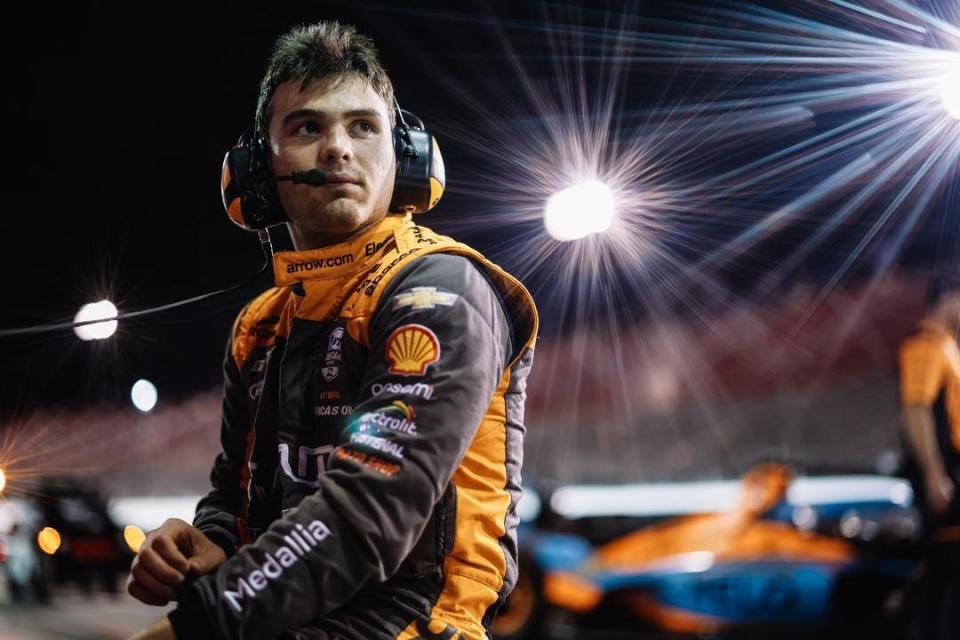
O'Ward: 'We're selling ourselves short'
Pato O’Ward, IndyCar’s unofficial most-popular driver, believes there is undoubtedly more work to be done by IndyCar leadership.
Yet to be briefed on the series’ major short- and-long-term vision, PEC’s unabashed most vocal critic was asked by IndyStar on Thursday why he feels so comfortable challenging a leadership group that has been accused privately in recent years of harshly rebuking those it sees as speaking out of turn in public.
His nearly five-minute answer, widely praised on social media Thursday, including by Mario Andretti, spoke to those who see the series as having relatively stood still in the post-COVID years, while deep-pocketed competitors NASCAR and F1 have increased their popularity. It’s a notion IndyCar leaders bristle at – pointing to the addition of Nashville, which was in the works before Penske took over, and the revivals of Iowa and Milwaukee, along with a small uptick in TV audience and the resurgence of the Indy 500 race day crowd.
O’Ward would like to see more daring risks from a series that he says offers far-and-away the best on-track product, but little else. And racing alone, in this day-and-age of behind-the-scenes Netflix docuseries and renewed interest from consumer brands in racing, is nowhere near enough.
“Change will usually rattle people’s floor, like it’ll kind of move things around. Some people will like it, and some people won’t, but when you don’t evolve, and when you don’t change, you sure as hell will not grow,” O’Ward said Thursday. “The only way to do that is to change things up.
“Having a good product is important, but ultimately, you want people to be present. You want people to be part of something that’s not just race cars going around, and I think we as a series are a perfect example of that, because the racing is unbelievable, but there’s something missing that we’ve yet to quite crack. We have the potential to (achieve) two or three-times (growth), not 5% or 10% a year. We’re selling ourselves short by just wanting to grow incrementally.”
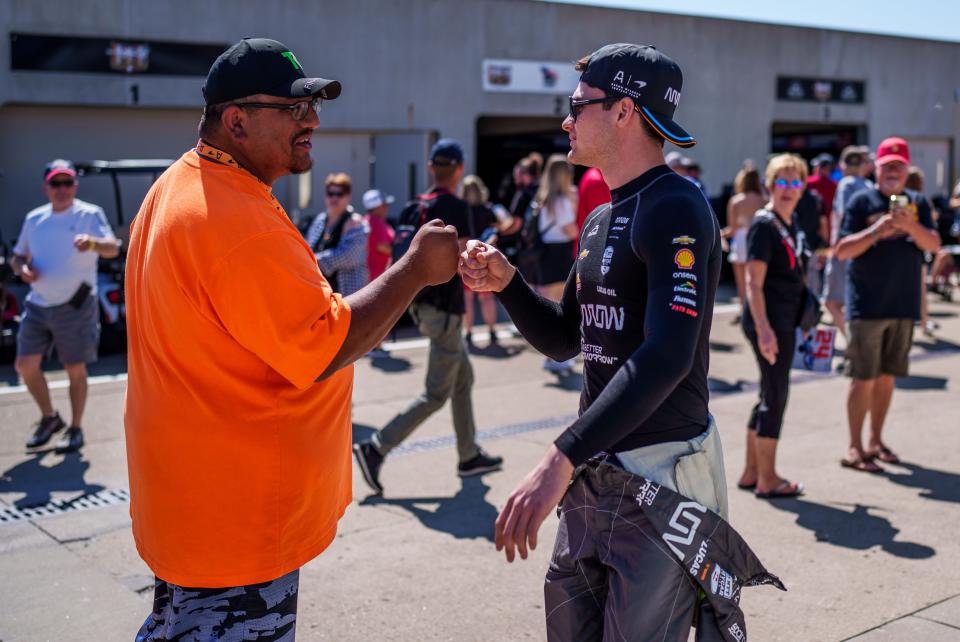
O’Ward isn’t alone in one of his concrete ideas that the series should look towards more international racing as a way to boost its brand. While PEC leadership has consistently said it views IndyCar as a domestic racing series – something O’Ward understands – the young Mexican driver, along with Rahal and some others, believe sprinkling in more international rounds would help IndyCar take advantage of its international talent and, potentially, drum up sponsorship dollars from larger international brands.
“The excuse is always, ‘Well, the partners don’t care about going international.’ Well, why? We need to be able to offer a product that makes international brands want to be a part of this,” O’Ward said. “Just having a driver in a series from a specific country doesn’t quite bring you the potential that it could if you had a race.”
Ultimately, the verdict on PEC’s latest growth strategy can only come once its plans are made public, but there’s no doubt Penske leadership has lost some trust in and outside the paddock in regards to the results it can produce and the lengths it’s willing to go to to drive meaningful change in a sport that sorely needs it.
It seems to have won over some of the sport’s most visible mouthpieces. Will others follow?
“Just because we’re such an open book with everything we do, it doesn’t mean there (aren’t) things that go on behind the scenes that need to be worked on and improved and kept under wraps until it’s ready to be laid out to the world,” Rossi said.
“That’s the way most businesses work, so I don’t think that should be a surprise to people, that when bad news comes out, that there’s not an immediate rectification response as to what the solution is. Maybe that solution hasn’t been created yet, but it doesn’t mean it isn’t being worked on in the background. The people at IndyCar, they all have the same love and passion for the sport that we do, and they’re not going to allow things to just fall by the wayside.”
This article originally appeared on Indianapolis Star: IndyCar drivers apprised of growth plan: 'Trust the process.'

